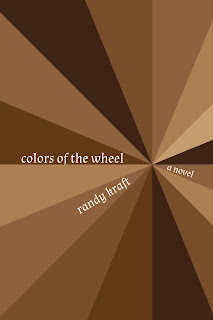 |
| Javier Marias |
This fascinating novel by
the renowned [in Europe] Spanish writer, Javier Marias, revolves around the
narrator’s first person account of her relationships, in fact, infatuations,
with a very few people. In truth, the story has to do with the very concept of storytelling: the subtext and nuance that reveals the heart of the story. What
really happened, who speaks truth and who deceives, and, in the end, does
it matter?
“The mistake of
believing that the present is forever, that what happens in each moment is
definitive, when we should all know that as long as we still have a little time
left, nothing is definitive. We have all experienced enough twists and turns,
just in terms of luck but as regards our state of mind. We gradually learn that
what seems really important now will one day seem a mere face, a neutral piece
of information.”
Quotable
passages abound throughout the book, and if you like existential banter and
interior monologues, you will love this novel. I was infatuated with the words
more than the story, where little happens, but much is revealed, slowly, and
much left to the reader to decide.
We
don’t know much about the narrator, Maria. She has breakfast every morning at a
café where she admires a couple also there every day, imagining their nearly
perfect lives together. Their existence seems to bolster her spirits, as if
guiding her into their satisfying universe. However, when he is tragically
murdered, and she befriends the wife, another man enters her orbit and through
him, all imaginings are torn apart, although our heroine is the least touched
by all that happens in the book. Marias reminds us that what happens in life is
mirrored in fiction, and equally forgettable, or so it seems.
“What happened is
the least of it. It’s a novel, and once you’ve finished a novel, what happened
in it is of little importance and soon forgotten. What matters are the
possibilities and the ideas that the novel’s imaginary plot communicates to us
and infuses us with, a plot that we recall far more vividly than real events and
to which we pay far more attention.”
Many
of us become infatuated not only with people but with our ideas of those people
and our concepts of self within their orbit. So it’s no surprise that Maria
works for a publishing house and grapples with novelists to the point of
exasperation. She has no real appreciation for their incessant musings, even as
she lives within her own. Oh yes, The Infatuations is a lot about storytelling.
A
literary page-turner, for the language and the simplicity of the story, this novel is not for
those who thrive on high plot, rather that place where romanticism and reality coincide. I
loved it.




